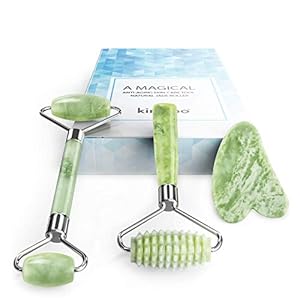
When considering materials for textured wall art and hangings, you’ll find that the choices can greatly impact the overall look and feel of your space. From the natural warmth of fibers to the modern touch of metals and the timeless beauty of wood, each material brings its unique character to the artwork. Exploring these options allows you to create pieces that not only visually engage but also add depth and personality to your walls. So, as you contemplate your next decor project, keep in mind the power that the right materials can have in transforming a room.
Natural Fibers
When creating textured wall art, consider incorporating natural fibers for a rustic and organic look. Natural fibers such as jute, cotton, hemp, and wool can add depth and warmth to your wall hangings. These materials offer a unique texture that can enhance the overall aesthetic of your space. By using natural fibers, you can bring a touch of nature indoors and create a cozy atmosphere.
Jute, in particular, is a popular choice for textured wall art due to its durability and earthy appearance. Its rough texture adds dimension to your artwork, making it visually appealing. Cotton, on the other hand, provides a softer and smoother texture, perfect for creating a more subtle look. Hemp is another great option for those looking to add a rugged and raw feel to their wall decor. Finally, wool can bring a luxurious and plush element to your textured wall art, elevating the overall design.
Incorporating natural fibers into your textured wall art pieces can help you achieve a harmonious blend of style and nature in your home decor.
Metal Elements
Incorporating metal elements into your textured wall art pieces can introduce a modern and industrial touch to your home decor. Metal accents like copper, brass, or steel can add a sleek and contemporary feel to your space. These elements are versatile and can complement various design styles, from minimalist to eclectic.
When choosing metal elements for your textured wall art, consider the finish and texture of the metal. For a more polished look, opt for smooth and shiny surfaces, while textured or distressed finishes can add depth and character to the piece. Mixing different metal finishes can create visual interest and dimension in your wall art.
Metal elements can be incorporated in various ways, such as metal sculptures, abstract geometric shapes, or even as frames for other textured elements like fabric or wood. Experiment with different combinations to find the right balance and create a striking focal point in your home.
Wood Accents
Introducing wood accents into your textured wall art pieces can bring warmth and natural beauty to your living space. Wood offers a versatile and timeless appeal that complements various interior styles. When selecting wood for your wall art, consider the type of wood, such as oak, pine, or walnut, to match the overall aesthetic you desire. Each wood type has unique grain patterns and colors that can add character to your artwork.
Wood accents can be incorporated into textured wall art in various ways. You can use wooden frames to border your art pieces, creating a rustic or modern look depending on the frame style. Additionally, wooden elements like branches, driftwood, or carved wooden shapes can be attached to the artwork to add depth and visual interest.
To enhance the natural feel of your textured wall art, consider leaving some areas of the wood untreated or lightly stained to showcase its raw beauty. Experiment with different wood textures and finishes to create a striking visual impact in your living space.
Mixed Media
To add depth and creativity to your textured wall art, consider experimenting with mixed media elements. Mixed media involves combining different materials like paper, fabric, metal, or found objects to create a unique piece of art. By incorporating various textures and colors, you can achieve a visually captivating and dynamic artwork that will stand out on your walls.
One way to incorporate mixed media into your textured wall art is by layering different materials to create a multidimensional effect. For example, you could use a combination of acrylic paint, fabric scraps, and beads to add both visual interest and tactile appeal to your piece. Additionally, consider incorporating elements like feathers, shells, or buttons to further enhance the texture and depth of your artwork.
Experimenting with mixed media allows you to push the boundaries of traditional wall art and create something truly original. So, don’t be afraid to mix and match different materials to see what unique combinations you can come up with for your textured wall hangings.
Trending-Product








![Fab totes Storage Bins [3-Pack], Foldable Storage Baskets for Organizing Toys, Books, Shelves, Closet, Large Storage Box with Rope Handles, Sturdy Organizer Bins, White & Grey](https://m.media-amazon.com/images/I/41PR0XyTeGL._SS300_.jpg)





